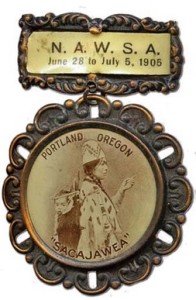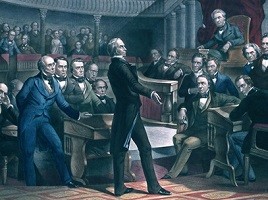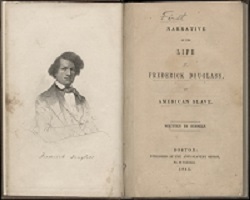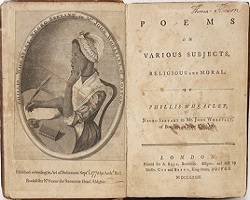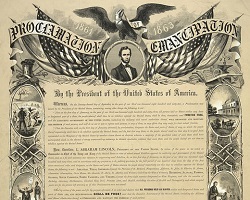Harriet Tubman and Women’s Rights
The early years of the Women’s Rights Movement date back to 1848 when for the first time small groups of women who had been working individually joined together in the National Women’s rights Convention in Seneca Falls, New York. Here they laid out a list of rights that women did not enjoy at the time such as the right to attend college, own property or enter male dominated professions such as medicine and law. The most controversial issue considered in the convention was women’s suffrage.
After the Civil War more women’s rights groups emerged. In 1868 the New England Woman Suffrage Association (NEWSA) was created as the first major political group established with the sole purpose of advocating for women’s suffrage. The NEWSA was affiliated with the Republican Party. In 1869, the National Woman Suffrage Association was created by Susan B. Anthony and Elizabeth Cady Stanton. Their objective was to amend the Constitution to include women’s right to vote. In 1887 both associations merged forming the National American Woman Suffrage Association (NAWSA).
Many supporters of Harriet Tubman during her Underground Railroad years who let her use her properties to harbor fugitives and funded her trips, were involved in the women’s rights movement. After the Civil War Susan B. Anthony, Elizabeth Cady Canton and Lucretia Mott had become strong advocates and leaders of the women’s rights movement.
Tubman believed in the equality of all people, black or white, male or female, which made her sympathetic to the women’s rights movement. Tubman’s role was not that of a leader but that of a strong supporter. As a woman who had fought for her own freedom and the freedom of others, Tubman set to work with her friends by touring and giving speeches about her own experiences as a female slave and as the liberator of hundreds born under the bondage of slavery. She described her years as “Moses” and the impact she had to those who found freedom. She toured New York, Boston and Washington speaking in favor of women’s suffrage rights.
Harriet Tubman was especially interested in the rights of African American women. In 1896 when she was already frail, she was invited as a guest speaker at the first meeting of the National Association of Colored Women. Despite being illiterate, Tubman’s speeches were popular and always left people wanting more.
Women’s suffrage in the U.S was finally achieved in 1920 with the Nineteenth Amendment to the Constitution. The first two decades of the 20th century saw an increased support of men and women for women’s civil rights. The largest Women’s Suffrage parade took place in 1915 in New York City with a total of about 30,000 women taking part. The National American Woman Suffrage Association (NAWSA) adopted Sacagawea as a symbol for women’s rights and a face for the association.
Category: Later Years and Death
